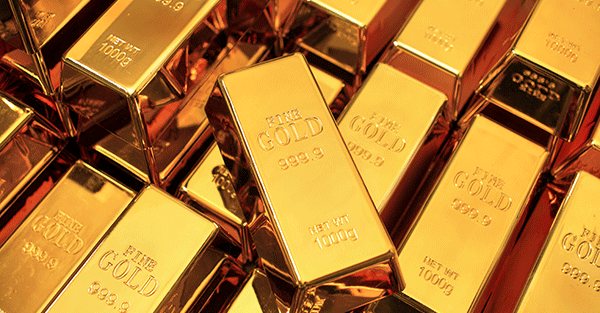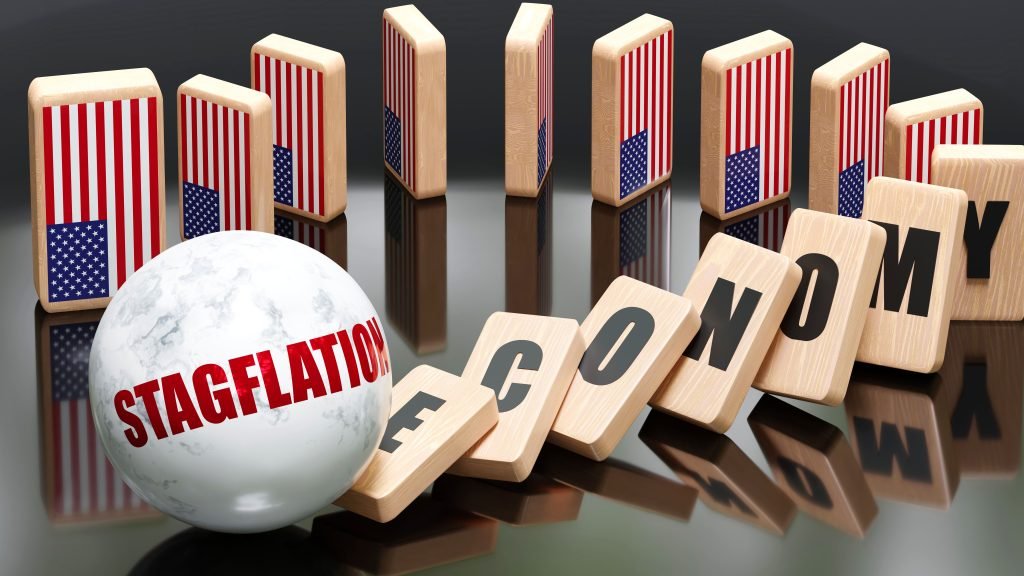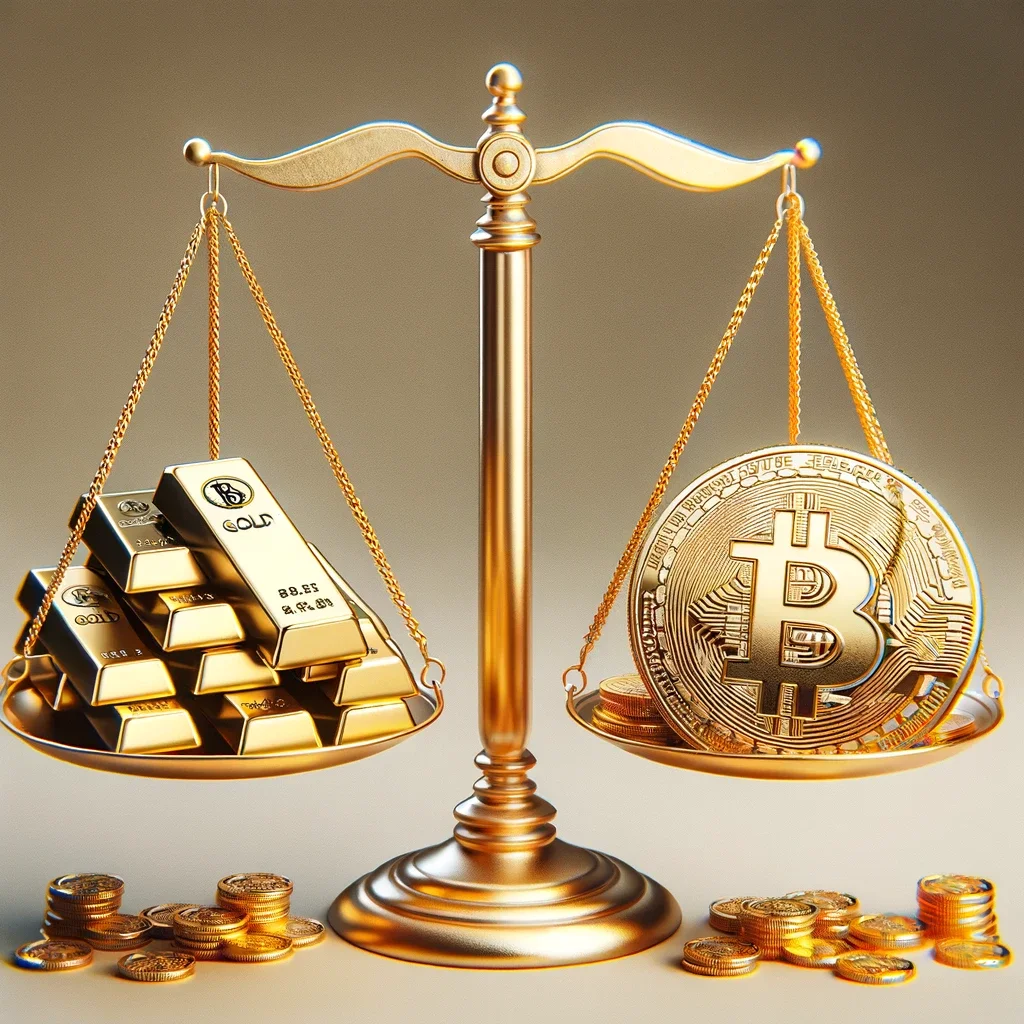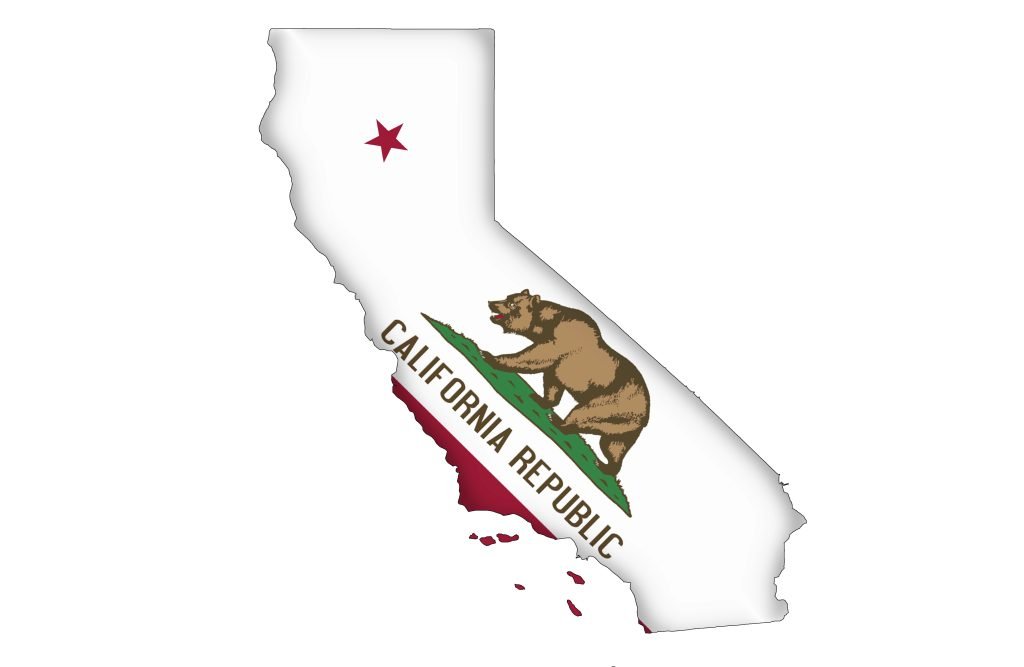Last year, amid all the madness in financial markets, financial historian and strategist Russell Napier joked about creating a “European high-yield capital guarantee fund.”
His “high-yield” fund was nothing more than a secure room filled with physical cash, and a guy standing outside with a gun to guard it.
As jokes tend to be, this was a sad reflection on reality.
Though physical cash bears no interest, it is considered “high yield” compared to bank balances and government bonds that carry negative rates.
Napier’s joke is now coming true.
Earlier this week, the CEO of Munich Re, the largest reinsurance company in the world, announced that they would start holding 8-digit sums of physical cash and gold in their vaults.
Insurance companies tend to be boring, staid institutions that follow the rules and play the game along with the rest of the financial establishment.
But this move from Munich Re is an all-out rebellion against the central banks who are destroying the financial system with negative interest rates.
A few months ago I wrote to you about the different forms of money in our financial system.
Physical cash, which each of us knows and understands well, is one form of money.
Bank deposits are another form of money, and one that is almost exclusively digital. The days where banks held customer deposits in cash inside their vaults are long gone.
Instead, the vast majority of the consumer financial system today is electronic. Credit card payments, bank transfers, etc. all take place in the cloud.
In reality your savings account balance is nothing more than an entry in a bank’s database, stored on a server somewhere in a building with no windows.
So while cash exists in the physical world, bank balances exist only in the digital world.
These are two fundamentally different forms of money. And at the moment they have a 1:1 exchange rate.
You see this every time you go to the ATM machine or make a cash deposit at your local bank. $1 in cash is the same as $1 in your savings account.
But that 1:1 exchange rate is not set in stone. It absolutely can break down.
Think about it—back in 2013 when the government of Cyprus froze ALL of its citizens’ bank accounts, bank balances became instantly worthless.
It didn’t matter how much money you have in your account. If you can’t access, it isn’t worth squat.
Cash became enormously valuable; having the money in your hand was worth far more than a frozen bank account, and demand for physical cash soared.
This is what we’re seeing now.
Negative interest rates are pushing people out of the financial system. Munich Re is only the latest example.
A few weeks ago, I told you about the German Savings Bank Association advising its member banks to hold physical cash in their vaults, instead of paying negative interest to the European Central Bank.
Demand for cash is increasing. More importantly, the rebellion against negative interest rates and central bank madness is increasing.
And this trend has the clear potential to break that 1:1 exchange rate between physical cash and bank balances.
But by the time it happens, it will be too late to get your hands on cash. That’s why holding some now is an absolute no-brainer.
Bear in mind, there are still risks, so holding cash not a 100% solution.
Civil Asset Forfeiture is on the rise and the calls to ban cash are growing louder all the time.
But in conjunction with precious metals and an account at a highly liquid, well-capitalized foreign bank, you can radically reduce the risks that this insane financial system poses to your savings and livelihood.
PS-
Find out more about how to create this Plan B in this week’s video podcast.
Be sure to stick to the end to get access to some special bonus reports and even a chance to win a pile of silver coins.








